Depending on your state, you may not have a choice about whether your children can go to childcare programs or not. In some parts of the country, daycares and schools are closed because of the coronavirus. For example, Texas has closed its public schools. The closure of Texas’ daycares is entirely up to the daycare. Meanwhile, the state of Washington has closed all of its public schools. Daycares, nannies and other childcare providers can continue working as long as they are caring for the children of essential workers.
Across the nation, there is a patchwork of different policies in place. If you are still able to drop your children off at daycare or run an in-home preschool, there are a variety of precautions you should take during this pandemic. The Centers for Disease Control and Prevention (CDC) recently released guidance on how to stay safe during this crisis.
Is It Safe to Take Your Children to Daycare?
Right now, the information we have about COVID 19 in children is quite limited. The CDC currently believes that most children will generally have mild symptoms. Like adults, children can spread the disease through respiratory droplets when they talk, cough or sneeze. Even if a child does not have symptoms, they can still spread the disease.
Unfortunately, a small percentage of children have developed severe symptoms. This is more likely if a child has underlying medical conditions. Teachers, parents and family members are also at risk. Since it can take 2 to 14 days for someone to exhibit symptoms after they are infected, childcare facilities may unintentionally allow the disease to spread before the student has developed any symptoms. While children are less likely to have severe complications, they can still become sick.
What Does the CDC Recommend?
The CDC offers guidance for childcare facilities and parents about how to stay safe. Other than state regulations, daycares will also need to consider the current situation in their area. The CDC’s recommendations change if an area has minimal cases, moderate community transmission or substantial community transmission. Daycares also need to coordinate with their local health officials about potential closures.
If a staff member or student tests positive for COVID 19, the school should close down for two to five days. During this time, the childcare provider can work with local health officials to determine the extent of the outbreak. Meanwhile, any students or staff members who were exposed to the virus should remain in quarantine.
Prevention Tips for Teachers and Childcare Providers
Teachers and childcare providers can take steps to prevent the virus from spreading. The CDC recommends posting signs with the disease’s symptoms. These include common symptoms like having a fever, shortness of breath or a cough. Staff members should be encouraged to take steps to protect their health.
Any item that is frequently touched should be cleaned on a regular basis. This includes kitchen areas, shared desks and doorknobs. Childcare providers should limit any event that may require people to have close contact. Wearing homemade face masks can also prevent someone from spreading the disease if they are asymptomatic or pre-symptomatic.
As the pandemic continues to unfold, it is likely that many childcare providers will be affected. Because of this, it is important to create an emergency plan for dealing with a future outbreak. Staff members should stay updated on community developments.
Childcare providers should make soap and similar supplies easily available for hand cleaning. They should pay attention to absenteeism and encourage everyone to stay home if they are feeling sick. Childcare facilities should be prepared to close temporarily if they need to. If there is a confirmed case, schools will need to close down, perform contact tracing and sanitize their facilities.
While it is impossible to eliminate your risk entirely, teachers and childcare providers can take steps to reduce the spread of this disease.
- Wash your hands for at least 20 seconds.
- If you have not washed your hands, do not touch your face.
- To avoid unknowingly giving the virus to someone else, wear a homemade face mask.
- Cover your mouth or nose with a tissue when you cough or sneeze.
- Clean and sanitize commonly touched items.
- Encourage staff members and students to stay home when they feel sick.
- Work with your local health department as the situation continues to change.

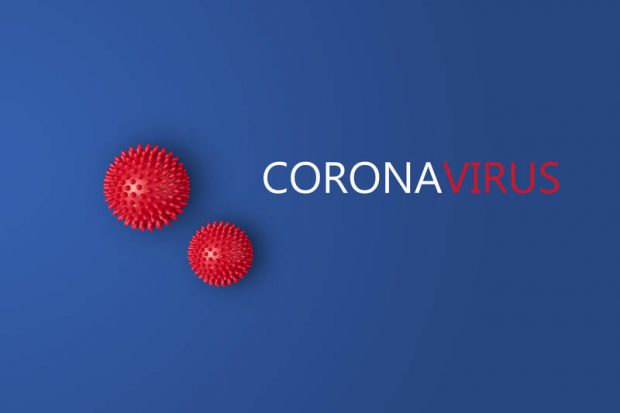


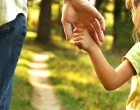
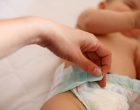

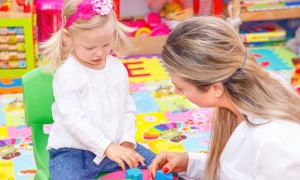
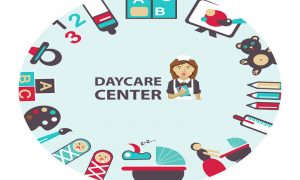
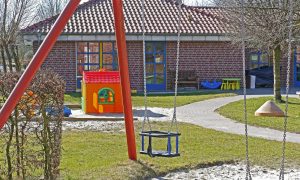
No Comments